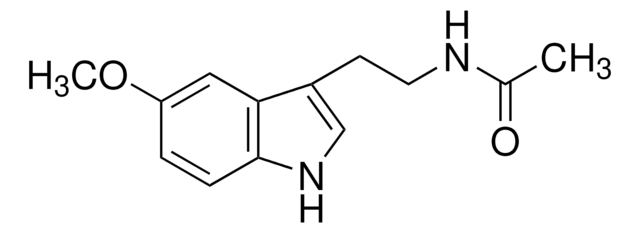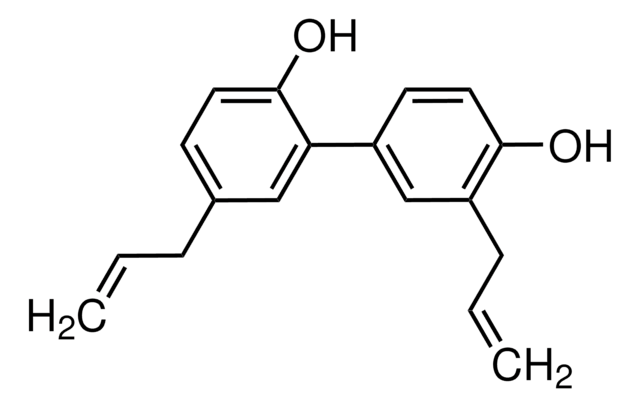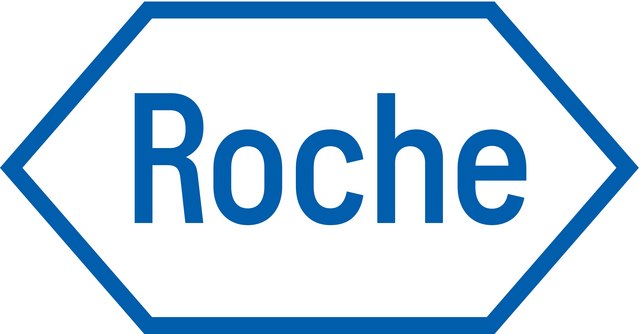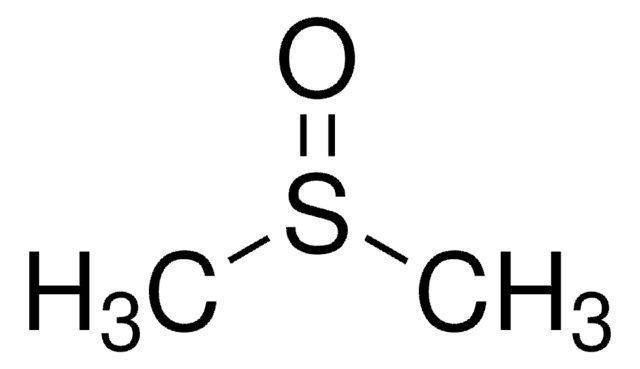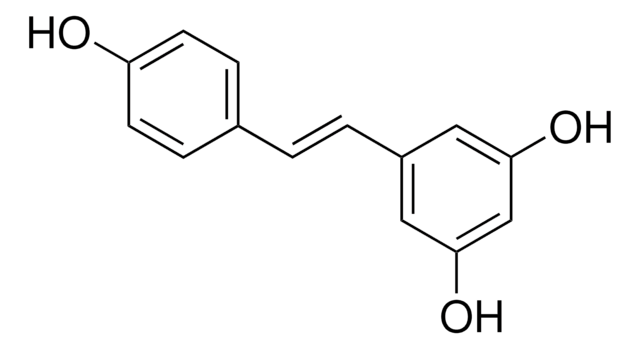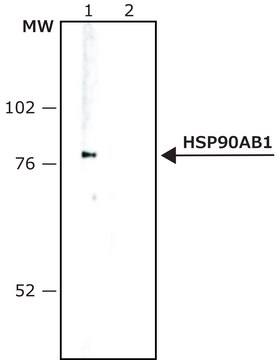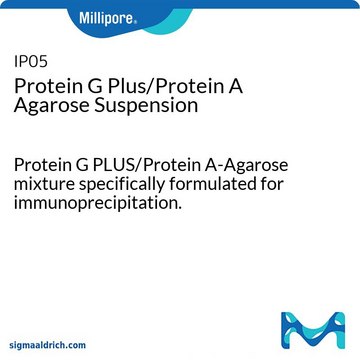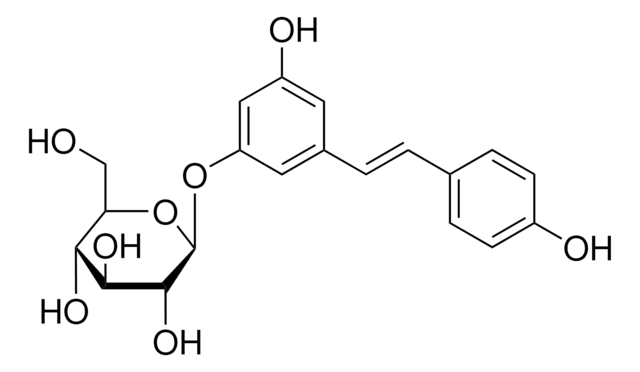383317
Zinc acetate
99.99% trace metals basis
Synonym(s):
Zn(OAc)2
Select a Size
Select a Size
About This Item
Recommended Products
Quality Level
Assay
99.99% trace metals basis
form
solid
reaction suitability
core: zinc
reagent type: catalyst
impurities
<0.2% water
density
1.84 g/mL at 25 °C (lit.)
SMILES string
CC(O[Zn]OC(C)=O)=O
InChI
1S/2C2H4O2.Zn/c2*1-2(3)4;/h2*1H3,(H,3,4);/q;;+2/p-2
InChI key
DJWUNCQRNNEAKC-UHFFFAOYSA-L
Looking for similar products? Visit Product Comparison Guide
Related Categories
1 of 4
This Item | IP05 | IP04 | IP02 |
|---|---|---|---|
| technique(s) protein purification: suitable | technique(s) protein purification: suitable | technique(s) immunoprecipitation (IP): suitable | technique(s) - |
| suitability suitable for microbiology | suitability suitable for microbiology | suitability suitable for immunoprecipitation | suitability - |
| form slurry (Liquid) | form slurry (Liquid) | form slurry (Liquid) | form slurry (Liquid) |
| storage temp. 2-8°C | storage temp. 2-8°C | storage temp. 2-8°C | storage temp. 2-8°C |
| contains ≤0.1% sodium azide as preservative | contains ≤0.1% sodium azide as preservative | contains ≤0.1% sodium azide as preservative | contains ≤0.1% sodium azide as preservative |
| manufacturer/tradename Calbiochem® | manufacturer/tradename Calbiochem® | manufacturer/tradename Calbiochem® | manufacturer/tradename Calbiochem® |
General description
For small scale and high throughput uses, product is also available as ChemBeads (927805)
Application
- Synthesis of layered Zn-arylphosphonates with potential application in sorption, ion exchange or catalysis.[1]
- Ultrasonic preparation of zinc sulfide nanoparticles coated on silica particles.[2]
- Synthesis of ZnO/ZnS composites throughion exchange method (1)
- Fabrication of 3D hierarchical ZnO/ZnSheterojunction branched nanowires for enhanced photoelectrochemical watersplitting (2)
- Synthesis of Co3O4-decorated ZnO@ZnS core-shellstructures for efficient photocatalytic overall water splitting (3)
- Synthesis of ZnO photocatalysts (4)
Preparation Note
Signal Word
Danger
Hazard Statements
Precautionary Statements
Hazard Classifications
Acute Tox. 4 Oral - Aquatic Chronic 2 - Eye Dam. 1
Storage Class Code
11 - Combustible Solids
WGK
WGK 3
Flash Point(F)
Not applicable
Flash Point(C)
Not applicable
Personal Protective Equipment
Choose from one of the most recent versions:
Already Own This Product?
Find documentation for the products that you have recently purchased in the Document Library.
Customers Also Viewed
Related Content
Apoptosis, or programmed cell death (PCD), is a selective process for the removal of unnecessary, infected or transformed cells in various biological systems. As it plays a role in the homeostasis of multicellular organisms, apoptosis is tightly regulated through two principal pathways by a number of regulatory and effector molecules.
n proliferating cells, the cell cycle consists of four phases. Gap 1 (G1) is the interval between mitosis and DNA replication that is characterized by cell growth. Replication of DNA occurs during the synthesis (S) phase, which is followed by a second gap phase (G2) during which growth and preparation for cell division occurs. Together, these three stages comprise the interphase phase of the cell cycle. Interphase is followed by the mitotic (M) phase.
Our team of scientists has experience in all areas of research including Life Science, Material Science, Chemical Synthesis, Chromatography, Analytical and many others.
Contact Technical Service
